Table of content
- A. The Dough Base
- B. The Scallion Filling
- C. Optional Garnishes
- Step 1: Activating the Yeast
- Step 2: Mixing the Dough
- Step 3: Kneading the Dough
- Step 4: First Rise (Proofing)
- Step 5: Preparing the Scallions
- Step 6: Seasoning the Filling
- Step 7: Rolling Out the Dough
- Step 8: Applying the Filling
- Step 9: Creating the Signature Layers
- Step 10: Shaping the Flowers
- Step 11: Second Rise
- Step 12: Steaming Method (Traditional)
- Step 13: Baking Method (Modern Twist)
Introduction
Scallion-flavored flower rolls, known as Cong Xiang Hua Juan in Chinese cuisine, are a beloved staple in dim sum menus and home kitchens alike. These fluffy, layered pastries, infused with the aromatic essence of fresh scallions, offer a harmonious blend of savory flavors and delicate textures. While their appearance might seem intricate, mastering the technique to create these rolls is achievable with patience and precise execution. This comprehensive guide will walk you through every stage of the process, from dough preparation to the final steaming or baking, ensuring your flower rolls emerge as golden, fragrant masterpieces.
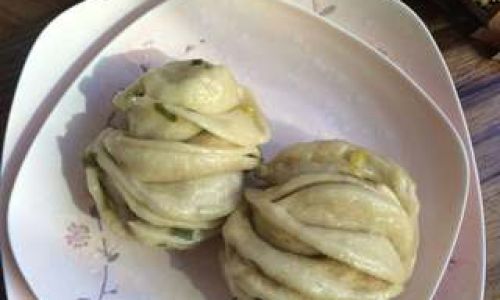
I. Understanding the Ingredients
Before diving into the cooking process, familiarizing yourself with the key ingredients is essential. Each component plays a pivotal role in achieving the rolls’ signature taste and texture.
A. The Dough Base
- All-Purpose Flour: The primary structural element, providing gluten for elasticity and chewiness.
- Instant Dry Yeast: A leavening agent that creates air pockets, resulting in a soft, airy crumb.
- Warm Water: Activates the yeast and hydrates the flour; temperature is critical (between 105°F–110°F or 40°C–43°C).
- Sugar: Feeds the yeast to enhance fermentation and adds subtle sweetness.
- Neutral Oil (e.g., vegetable or canola oil): Lubricates the dough for easier handling and contributes to tenderness.
B. The Scallion Filling
- Fresh Scallions (Green Onions): Finely chopped, they impart a mild, grassy flavor.
- Salt: Enhances the scallions’ natural taste and acts as a preservative.
- Sesame Oil: Toasts the filling with a nutty aroma.
- Optional Additions: White pepper, five-spice powder, or chili flakes for complexity.
C. Optional Garnishes
- Toasted Sesame Seeds: For visual appeal and crunch.
- Black Pepper: A subtle spicy kick.
- Dried Shrimp or Bacon Bits: For umami depth (non-traditional but delicious).
II. Dough Preparation: The Foundation of Perfection
Creating the ideal dough requires precision and observation. Follow these steps meticulously to ensure your rolls rise beautifully.
Step 1: Activating the Yeast
- In a small bowl, combine 1 teaspoon of sugar, 1 packet of instant dry yeast (7g), and ¾ cup of warm water (180ml).
- Stir gently and let the mixture sit for 5–10 minutes until frothy. This indicates active yeast.
Step 2: Mixing the Dough
- In a large mixing bowl, combine 2½ cups of all-purpose flour (300g) and 1 teaspoon of salt.
- Create a well in the center and pour in the yeast mixture.
- Add 1 tablespoon of oil and stir with a wooden spoon until a shaggy dough forms.
Step 3: Kneading the Dough
- Transfer the dough to a lightly floured surface.
- Knead for 8–10 minutes until smooth and elastic. The dough should spring back when poked.
- Pro Tip: If the dough feels sticky, add flour 1 tablespoon at a time. If dry, sprinkle with water.
Step 4: First Rise (Proofing)
- Place the dough in a lightly oiled bowl, turning to coat.
- Cover with a damp cloth or plastic wrap and let rise in a warm, draft-free area (75°F–80°F or 24°C–27°C) for 1–1.5 hours, or until doubled in size.
- Key Insight: Humidity and temperature directly affect proofing time. Use your oven’s “proof” setting if available.
III. Crafting the Scallion Filling
The filling’s balance of flavors elevates the rolls from ordinary to extraordinary.
Step 5: Preparing the Scallions
- Rinse 1 bunch of scallions (about 1 cup chopped) under cold water.
- Pat dry with paper towels to prevent sogginess.
- Finely chop the green and white parts; set aside.
Step 6: Seasoning the Filling
- In a small bowl, combine the chopped scallions, 1 tablespoon of sesame oil, ½ teaspoon of salt, and ¼ teaspoon of white pepper (optional).
- Mix thoroughly to coat the scallions evenly.
- Variation: For a spicy twist, add ½ teaspoon of chili oil or red pepper flakes.
IV. Shaping the Flower Rolls: The Artistic Phase
Shaping requires precision but becomes intuitive with practice. Follow these steps for picture-perfect rolls.
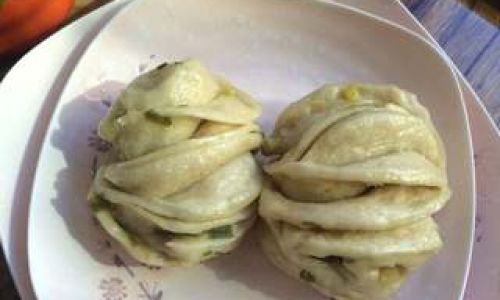
Step 7: Rolling Out the Dough
- Gently punch down the risen dough to release air bubbles.
- Transfer to a floured surface and roll into a rectangle (approximately 12×16 inches or 30×40 cm).
- Aim for even thickness (¼ inch or 0.6 cm) to ensure uniform cooking.
Step 8: Applying the Filling
- Brush the dough’s surface with 1 tablespoon of neutral oil to create layers.
- Sprinkle the scallion mixture evenly, leaving a ½-inch border.
- Pro Tip: For extra flavor, layer thinly sliced ham or cheese beneath the scallions.
Step 9: Creating the Signature Layers
- Roll the dough tightly from the longer end into a log.
- Seal the seam by pinching it gently.
- Cut the log into 12 equal pieces (about 1½ inches or 4 cm wide).
Step 10: Shaping the Flowers
- Take one piece and use a chopstick to press firmly down the center, stopping halfway.
- Gently pull the ends to stretch the dough slightly.
- Twist the dough into a figure-eight and press the ends together to secure.
- Alternative Method: For simpler rolls, coil each piece into a spiral.
V. Final Proofing and Cooking
The second rise and cooking method determine the rolls’ texture and appearance.
Step 11: Second Rise
- Arrange the shaped rolls on parchment-lined baking sheets or steamer baskets, spaced 2 inches apart.
- Cover loosely and let rise for 30–45 minutes in a warm area until puffy.
Step 12: Steaming Method (Traditional)
- Fill a wok or large pot with 2 inches of water and bring to a simmer.
- Place the steamer basket over the pot, ensuring the water does not touch the basket.
- Steam the rolls for 15–18 minutes over medium heat.
- Key Insight: Avoid opening the lid during steaming to prevent temperature drops.
Step 13: Baking Method (Modern Twist)
- Preheat the oven to 375°F (190°C).
- Brush the rolls with an egg wash (1 egg + 1 tablespoon water) for a golden hue.
- Bake for 20–25 minutes until golden brown.
- Pro Tip: For a crispier crust, bake at 400°F (200°C) for the last 5 minutes.
VI. Troubleshooting Common Issues
Even seasoned cooks encounter hiccups. Here’s how to address them:
-
Dense Rolls:
- Cause: Overworked dough or insufficient rising time.
- Fix: Let the dough rise longer and handle it gently during shaping.
-
Soggy Filling:
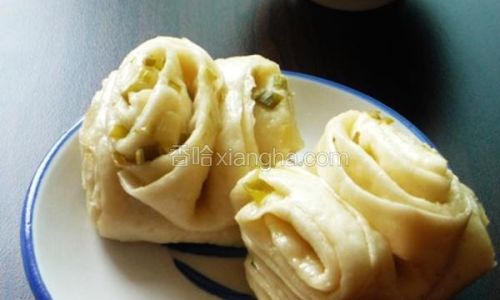
- Cause: Excess moisture from scallions.
- Fix: Pat scallions dry before mixing and reduce oil slightly.
-
Uneven Shapes:
- Cause: Inconsistent dough thickness or uneven rolling.
- Fix: Use a ruler to measure the dough rectangle and maintain even pressure while rolling.
-
Sticky Dough:
- Cause: Insufficient flour during kneading.
- Fix: Add flour 1 tablespoon at a time until tacky but manageable.
VII. Serving and Storage
Enhance the dining experience with these tips:
- Serving Suggestions: Pair with soy sauce, chili crisp, or a dipping sauce of vinegar and ginger.
- Storage: Place cooled rolls in an airtight container. Refrigerate for up to 3 days or freeze for 2 months.
- Reheating: Steam frozen rolls for 5–7 minutes or microwave with a damp paper towel for 30 seconds.
VIII. Cultural Significance and Variations
Scallion flower rolls hold a cherished place in Chinese culinary traditions, often served during festivals, family gatherings, or as a comforting breakfast. Regional variations include:
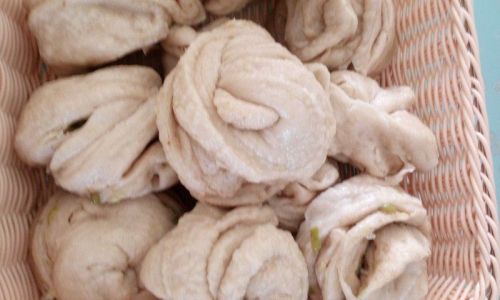
- Northern China: Larger rolls with a denser crumb, often paired with congee.
- Southern China: Lighter, fluffier versions served with tea.
- Modern Adaptations: Incorporating cheese, bacon, or matcha for contemporary palates.
IX. Conclusion: The Joy of Homemade Flower Rolls
Crafting scallion-flavored flower rolls is a labor of love that rewards the cook with a sense of accomplishment and a plate of delectable treats. By adhering to precise measurements, respecting the dough’s rising time, and embracing the artistry of shaping, even novices can achieve professional-quality results. Whether enjoyed fresh from the steamer or as a leftover snack, these rolls embody the harmony of simplicity and sophistication—a testament to the beauty of Chinese culinary heritage.
Final Tip: Practice makes perfect. Don’t be discouraged by imperfect shapes on your first attempt; each batch will bring you closer to mastery. Share your creations with loved ones, and savor the pride of presenting a dish that bridges tradition and innovation.
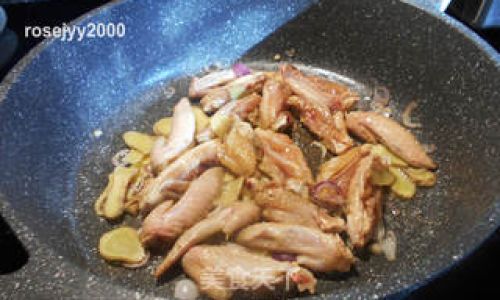




0 comments